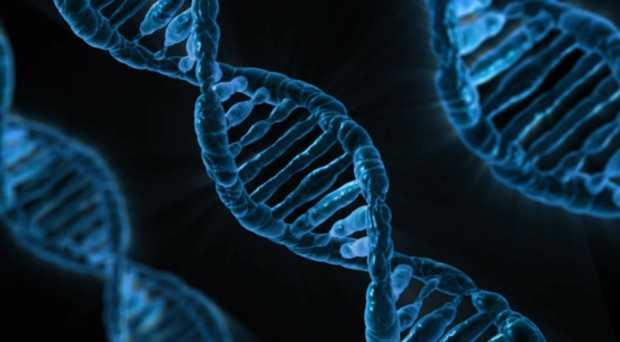
Does the environment affect the phenotype? Can the altered phenotype be passed on to the next generation and beyond? If yes, then what is the mechanism responsible for this memory? How does the germline remember the environmental instructions from the past? Such questions have been discussed a lot lately, and remind us of the theory of ‘acquired inheritance’ by Lamarck.
A recent example for intergenerational epigenetic inheritance (IGEI) reports obesity in fruit flies after the father had been fed with a high-sugar diet. Meanwhile, a clean example for transgenerational epigenetic inheritance (TGEI) via the germline comes from C elegans: a longevity phenotype is transmitted from the mutant hermaphrodyte parent to the wild type offspring for three generations.
In these examples of germline epigenetic inheritance, a memory is passed between generations via the germline at the level of gene regulation. The female or male gamete carries into the zygote an instruction that will later affect gene regulation and phenotype in the offspring. Note that the inheritance of phenotype here can’t be explained by genetics – at the level of DNA sequence – nor can it be explained by events that do not occur through the germline, such as maternal behavior.
Very little is known about the mechanism of epigenetic germline inheritance, especially in mammals. Current theories suggest a role for DNA CpG methylation, or other forms of gene regulation, histone covalent modifications, higher order chromatin or non-coding RNA. It is also expected that imprinted genes could be affected by in utero environmental exposure, because resetting of genomic imprints takes place in the male germline during fetal stages.
DNA methylation changes were detected in case of IGEI in mammals, but the developmental pattern is not consistent between studies/treatments. Male mice fed a low-protein diet had no DNA methylation changes in their sperm, but their offspring exhibited changes in DNA methylation in the liver together with altered hepatic expression of genes involved in lipid and cholesterol biosynthesis. On the other hand, DNA hypomethylation was found in the sperm of in utero undernourished first-generation mice, but it did not persist into the second-generation soma, even though glucose metabolism was affected there.
To search for the mechanism of TGEI via the germline, we followed up on a study where exposing pregnant rats or mice to the endocrine disruptor vinclozolin caused reproductive defects in the male offspring for three generations without further exposure.
We hypothesized that the epigenome of the germ cells inside the exposed fetus (first generation, G1) must be altered to affect the grandchild (second generation, G2). Additionally, to affect the great-grandchild (G3), the aberration must persist in the germ cells of the grandchild (G2).
We treated gestating female mice with vinclozolin or two other endocrine disruptors, during the time when it would affect the G1 male fetus and its germ cells.
We analyzed genomic imprints and found no persistent aberrations at the differentially methylated regions in G1 and G2 prospermatogonia, or in the allele-specific transcription in the G2 and G3 soma. Importantly, our data also shows that, whereas endocrine disruptors affect the global transcription and DNA methylation state of exposed fetal G1 germ cells, these aberrations are not passed on to the germ cells of the subsequent generation.
This suggests that genome-wide epigenetic remodeling processes protect the next generation from the effects of in utero exposure to endocrine-disrupting chemicals in mammals.
In mammals, there are two major epigenome remodeling events, the first occurs in the zygote-pre-implantation stage, and the second in the primordial germ cells. Both waves involve erasure of the old patterns and the re-establishment of new patterns.
At this time we don’t know which global reprogramming event was responsible for removing the immediate aberrations between G1 and G2 prospermatogonia. It will be interesting to see if the germline transmits these to the G2 soma, or if these already get erased soon after fertilization.
We speculate that avoiding TGEI of environmentally induced aberrations played an evolutionary role in the development of dual global reprogramming events in mammals.
Piroska E. Szabó
Latest posts by Piroska E. Szabó (see all)
- Does the germline remember? - 27th March 2015
Comments